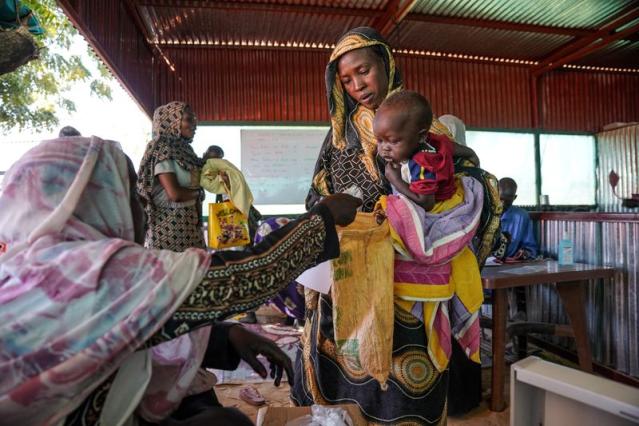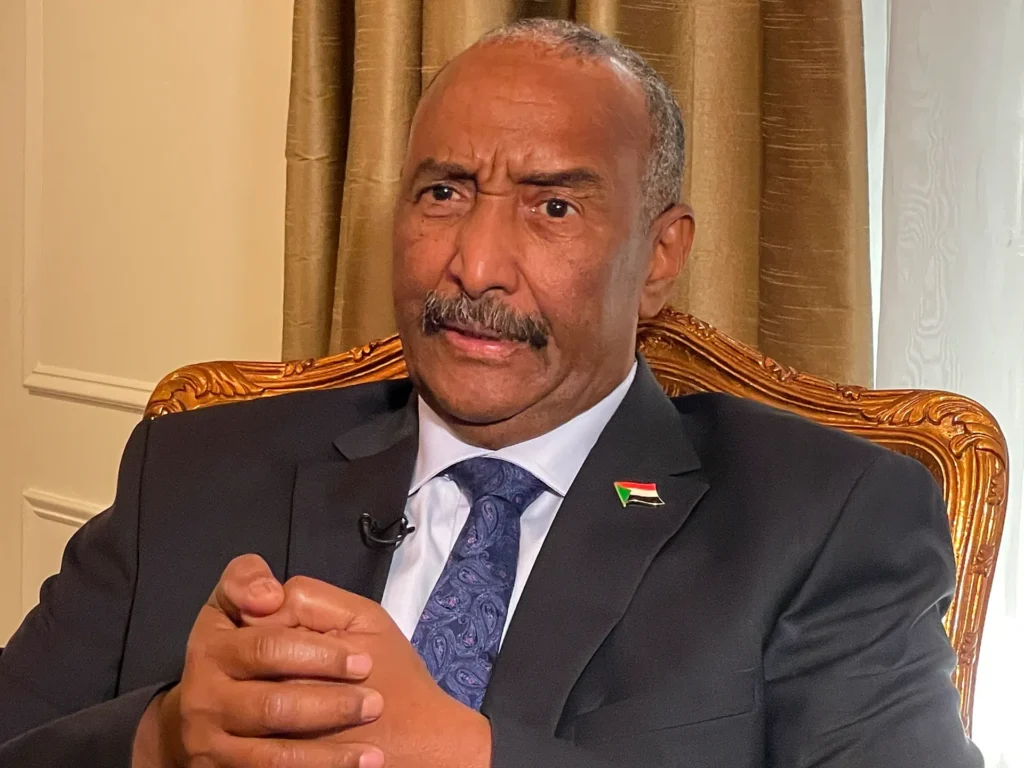
The risk of famine looms over 14 areas in Sudan if the ongoing conflict between military factions escalates further, warned a global hunger monitor on Thursday.
According to the Integrated Food Security Phase Classification (IPC), these at-risk areas include parts of Khartoum, Darfur, Kordofan, and El Gezira state.
The update highlighted that approximately 8.5 million people, constituting 18% of Sudan’s population, are currently facing food shortages severe enough to lead to acute malnutrition, death, or necessitate emergency measures.
Ethnically-driven violence sparked by clashes between Sudan’s army and the Rapid Support Forces (RSF) has persisted for over 14 months, originating in the capital and spreading across the nation.
This conflict has exacerbated internal displacement and factional control struggles.
The IPC, a coalition involving U.N. agencies, national governments, and aid organizations, issues internationally recognized assessments of food crises. It noted that under the worst-case scenario, famine could realistically occur in the identified areas, meeting the IPC’s Phase 5 criteria, which includes levels of catastrophe and potential famine.
Historically, the IPC has declared famine only twice since its inception 20 years ago: in parts of Somalia in 2011 and in segments of South Sudan in 2017.
Famine, as defined by the IPC, requires at least 20% of the population in an area to face extreme food shortages, with over 30% of children suffering acute malnutrition, and a significant mortality rate due to starvation, malnutrition, and disease.




